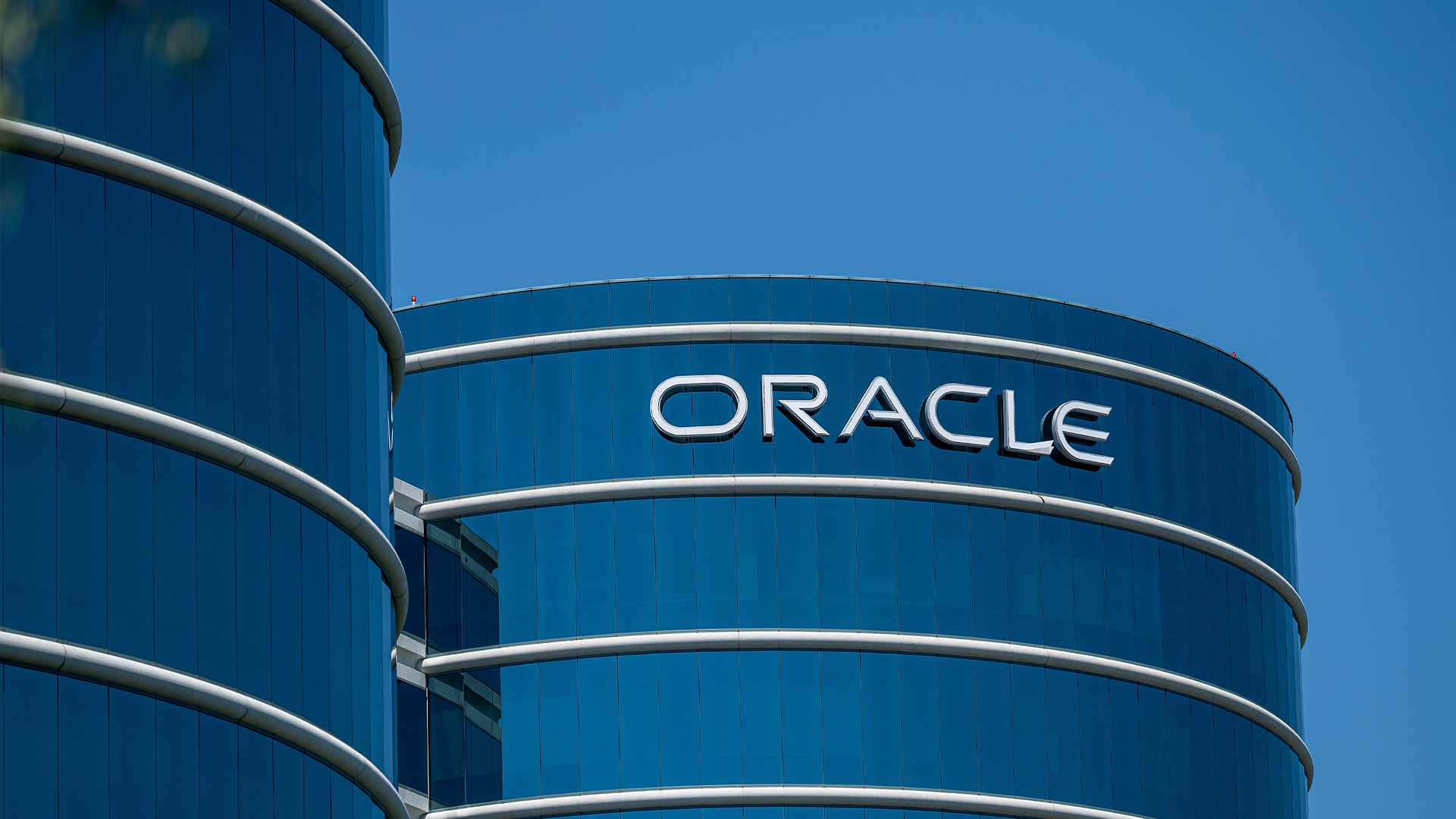Building a network of partners is key to building UK 5G
Government support is vital but we should strike our own investment partnerships, argues Colin Sempill

As the global race to offer superfast 5G technology hots up, the UK telecoms industry, relied upon to provide critical national infrastructure, must strike up strategic partnerships that can drive forward large digital projects.
These projects are of critical importance in helping to advance the UK's connectivity ambitions as we draw closer to the rollout of 5G technology. And these partnerships, supported by a Government committed to investing in the UK's digital infrastructure, will be key in ensuring that the UK remains at the forefront of technological innovation, and has the super-fast network connectivity required to remain competitive.
Laying the groundwork for UK infrastructure
The telecoms industry has actually seen considerable momentum in the last couple of years. To continue this, it will be crucial that like-minded businesses continue to come together to drive innovation and maximise industry expertise and experience.
In recent months, for example, we've announced partnerships with the likes of Three UK, Sky Business, and Telefónica UK (O2), building a strong network of partners who can work together to push through major digital projects. These partnerships have enabled us to begin laying the groundwork for eventual 5G rollouts across the capital, utilising Thames Water's waste waterway networks, and provide a substantial number of UK business postcodes with access to high-capacity Optical and Ethernet services.
Boosting the industry's bandwidth
Meanwhile, bolstered by new forms of tech such as cloud, IoT and AI, UK businesses need to carry out more data processing than ever before. Looking to accommodate these new technologies consequently drives an increase in demand for flexible bandwidth.
This demand shift for bandwidth provides a great opportunity for some of the leading technological powerhouses in the UK to come together, driving forward innovation and helping to expand network reach, delivering the high capacity Ethernet services that businesses now require.
Supporting tomorrow's technologies
When it comes to the commercialisation of 5G and rollout of new-age technologies such as SD-WAN, no one company can do this in a silo. Partnerships are therefore inevitable and should be encouraged to drive innovation across the UK. As consumer demand increases, partnerships will also become more commonplace, as businesses work together to maximise their expertise in certain areas. Continued government support in rolling out such technologies too will become increasingly vital.
ChannelPro Newsletter
Stay up to date with the latest Channel industry news and analysis with our twice-weekly newsletter
A key component for the launch of 5G services is high capacity fibre connectivity, which must provide reliable ultrafast backhaul to core networks and masts. This will, in turn, need to increase substantially as the UK prepares for 5G. Without the government's backing of further investment in UK digital infrastructure, there will be significant delays in the eventual rollout of these technologies.
With Ofcom reporting that UK data usage is set to grow thirteen-fold between 2017 and 2025, this simply cannot happen. Telcos can't sit back and wait for the government to get involved, however, especially in the current economic uncertainty environment. That's why it's crucial to commit to investing in the underlying networks to support 5G now.
Colin Sempill is Managing Director at SSE Enterprise Telecoms
-
 CyberOne appoints Microsoft’s Tracey Pretorius to its advisory board
CyberOne appoints Microsoft’s Tracey Pretorius to its advisory boardNews The threat intelligence leader will provide strategic guidance to CyberOne’s executive team
By Daniel Todd
-
 CISA issues warning in wake of Oracle cloud credentials leak
CISA issues warning in wake of Oracle cloud credentials leakNews The security agency has published guidance for enterprises at risk
By Ross Kelly